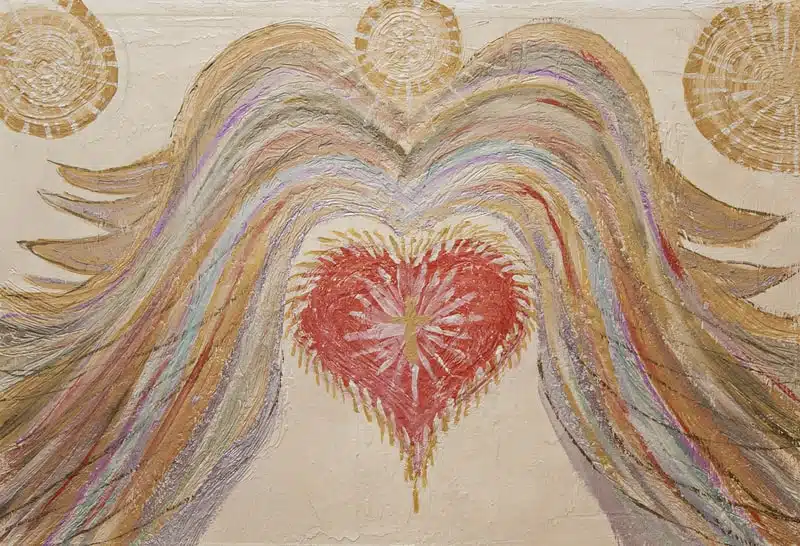The Language of Pain: Expressions Across Cultures and Time

Introduction:
Even while everyone experiences pain, there are historical and cultural differences in the ways that people communicate their sorrow. The language of pain encompasses nonverbal cues, gestures, and cultural conventions that impact how pain is experienced, understood, and transmitted. By examining the ways that people have expressed pain throughout history and across cultural boundaries, we can gain an understanding of the complexity and diversity of this universal phenomenon.
Cultural Perspectives on Pain
Apart from being a physiological occurrence, pain is also a cultural concept shaped by societal conventions, values, and beliefs. Different cultures have different ways of understanding and communicating pain, influenced by elements like language, religion, and traditional healing practices.
In many cultures, experiencing pain is considered taboo or stigmatized, whereas in others it is considered a necessary and normal aspect of life. The way that people perceive and respond to pain, as well as the kinds of interventions and treatments that are considered appropriate or effective, can all be influenced by cultural perceptions on pain.
For example, in Western civilizations, the concept of pain is often viewed in medical terms, with an emphasis on discovering and treating underlying physiological causes. However, many indigenous societies view pain holistically, taking into account its effects on the body, mind, and spirit. Additionally, they employ healing modalities that recognize the significance of preserving a person’s mental, emotional, and spiritual well-being.
Expressions of Pain in Art and Literature
Literature and the arts can provide us with rich insights into the different ways that suffering has been understood and expressed throughout history and across cultural borders. Artists and writers often draw from their own experiences of misery and suffering to create works that emotionally resonate with audiences.
Pain is a common topic in poetry, fiction, and memoirs; authors like Emily Dickinson, Franz Kafka, and Virginia Woolf are masters at exploring the complexities of human suffering in great detail and nuance. Vivid imagery, metaphor, and symbolism evoke the physical, emotional, and existential dimensions of suffering, prompting readers to reflect on their own experiences and perspectives.
In a similar vein, artists have long depicted anguish and suffering in their works, whether they be Renaissance paintings of Christ’s crucifixion or contemporary installations that investigate themes of trauma, loss, and resilience. Pain can be portrayed in art in a way that compels spectators to examine their own shortcomings, evokes empathy, and prompts introspection.
The Role of Language in Pain Communication
Language affects social relationships and personal experiences, and it is essential to communicating and comprehending pain. Depending on the attitudes, beliefs, and experiences of the speakers, different languages may employ different terminology and expressions to represent pain.
In certain languages, pain is expressed more literally or metaphorically, whereas in others, it is expressed more directly or symbolically. Pain language varies among cultures, which can have an impact on how people express their suffering as well as how others view and comprehend it.
Language and cultural barriers can also make it difficult to communicate about pain, particularly in medical settings where good communication is essential for accurate diagnosis and treatment. Healthcare workers need to understand how language and cultural norms influence these characteristics, as well as how patients express and feel pain differently based on their cultural background.
The Evolution of Pain Expression
Language, cultural, and social changes have influenced how people communicate their sorrow over time. Ancient Greek descriptions of physical ailments and medieval pictures of martyrs and suffering provide insights on how people in past societies understood and expressed pain.
Cultural perceptions of pain have changed over time in response to a variety of causes, such as developments in medicine, modifications to religious doctrine, and adjustments to social mores. The language of pain is still changing in today’s world due to factors like globalization, technological development, and cross-cultural interactions.
Conclusion:
The expressions, ideologies, and life experiences that make up the language of pain are diverse and have evolved throughout time and across cultural boundaries. Pain has always accompanied humans, from prehistoric times to modern times, influencing our perceptions, interactions with one another, and reactions to suffering.
We can learn more about the many ways that people experience and understand pain by investigating the ways that pain is expressed in various cultures and historical times. Furthermore, in healthcare and other contexts where pain is a major problem, an awareness of the cultural and linguistic aspects of pain can improve empathy, communication, and cultural competency.
In the end, the language of suffering serves as a reminder of our common humanity and the desire for solace, healing, and escape from hardship. We may promote greater understanding, compassion, and solidarity in our encounters with others by recognizing and valuing the diversity of pain expression. By doing so, we can break down linguistic and cultural barriers and connect with each other more deeply on our shared experiences of pain and suffering.









